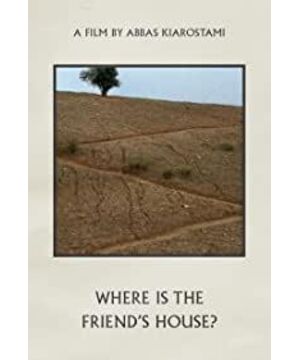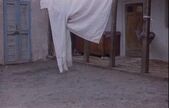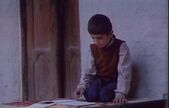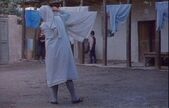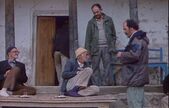I finally watched Abbas' "Where". Compared with the other domestic classic "Old Events in the South of the City", which was also about children, what I couldn't get rid of was the eyes of the young actors in these two films. , in fact, it is wonderful, it seems that you can know everything just by looking at your eyes without speaking, which is exactly what the saying "a good actor's acting skills are all in the eyes". But in comparison, Abbas' expression of emotion in the world of children is more restrained. Whether it is the frequent use of long shots or the simple scene scheduling, Amer's child's simple insistence on moisturizing things is reflected silently, and it can help promote the audience's understanding and recognition of Amer. In addition, it also reminds me of "The Bicycle Stealer", which also uses a simple event, and shows the bottom face of society through the process of the protagonist's "searching", but "Where" has a special Performance. For example, the film's symbolic expression of the color of white, such as the mother's washing of white clothes, the private white paper, the carpenter's white leggings, the white sheets blown away by the wind, such repeated effects, I think this is the director's intention. First of all, it has a meaning outside the painting, which may be a little too detailed in the analysis, but it is only out of emotional thinking. White represents purity, and it is also like the gap between adults and children. It seems that children are naive and ridiculous, but they are adults. People are cowardly, timid, and self-righteous.
View more about Where Is the Friend's House? reviews


